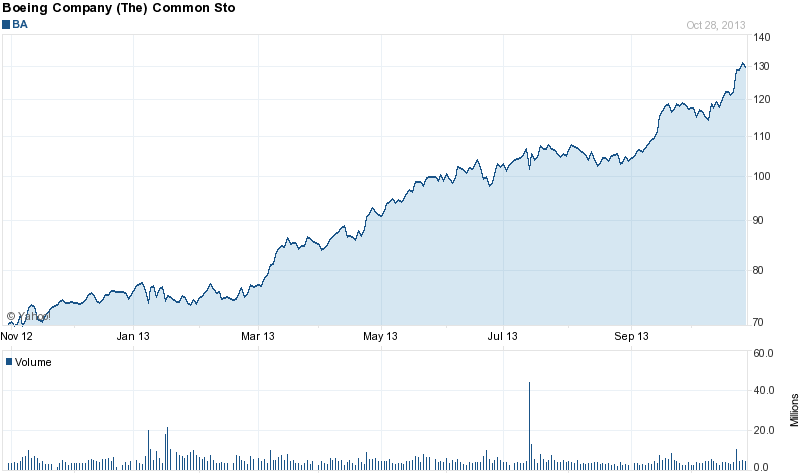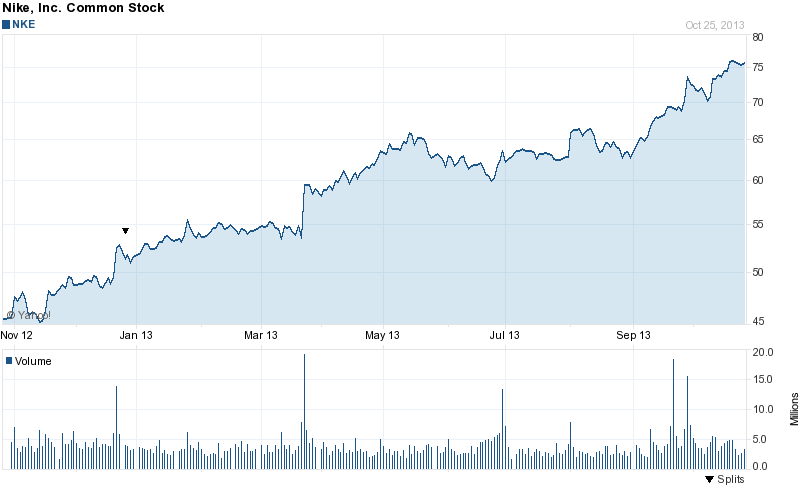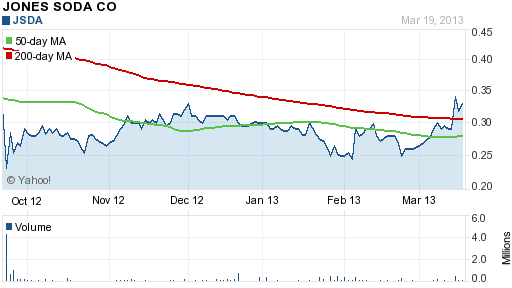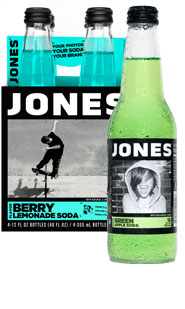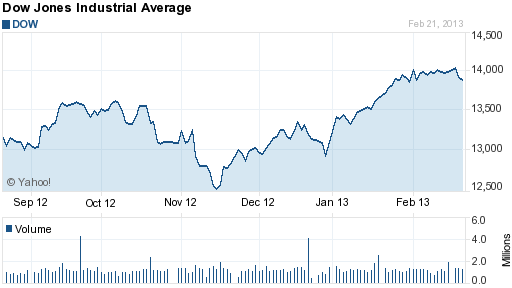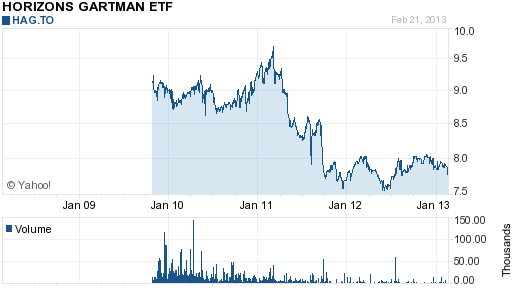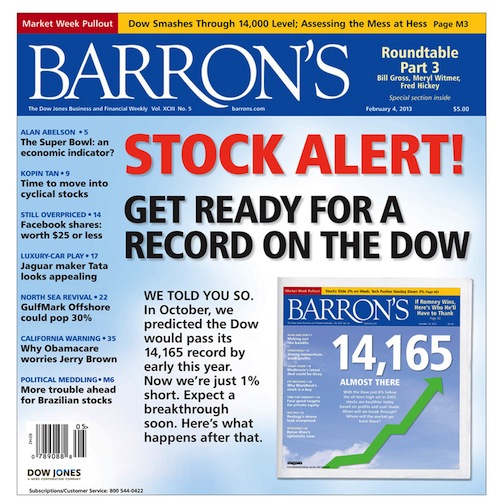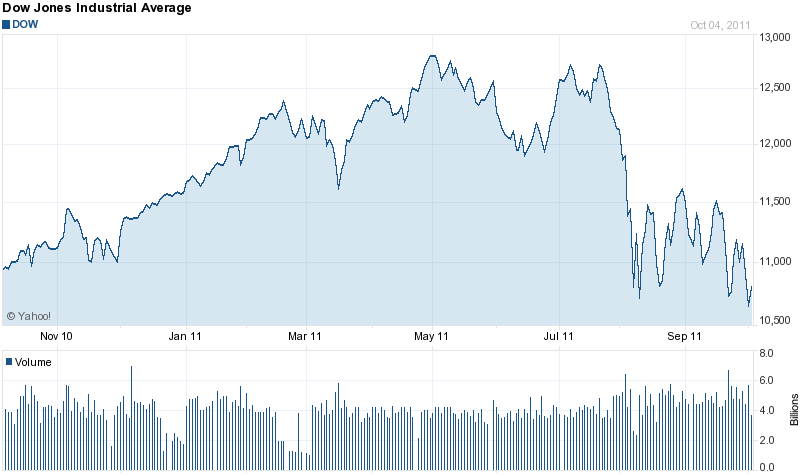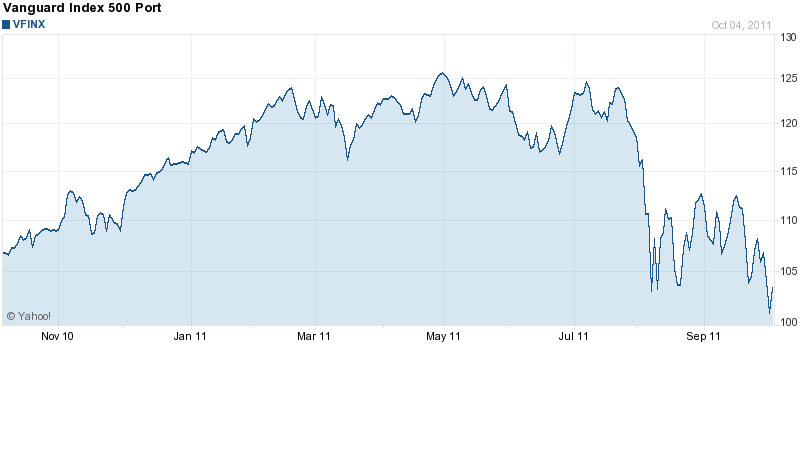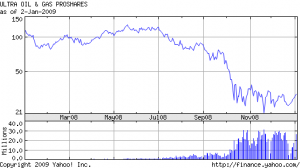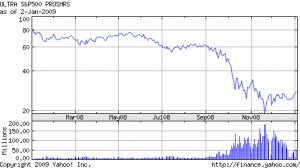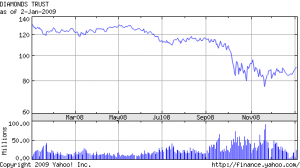 The Dow Jones Industrial Average is up a stunning 18.8% this year as of Friday’s closing price of 15,570.28.
The Dow Jones Industrial Average is up a stunning 18.8% this year as of Friday’s closing price of 15,570.28.
While an investor in the Dow 30 stocks has done quite well this year, the S&P 500 has outperformed the Dow Jones this year by about 5%. After closely tracking the returns of the Dow for most of 2013, the S&P has broken out to new highs while the Dow has basically been churning in a trading range between 15,000 and 15,500.
Is there any significance to the sudden under performance of the Dow Jones to the S&P or is it impractical to compare the prices of a small sample of 30 stocks to 500 stocks?
Had it not been for the unbelievable gain in Boeing this year, the S&P and Dow Jones would have had an even larger divergence.
Despite the ongoing problems with the 787 Dreamliner, Boeing’s stock price has gained steadily throughout the year and is currently the best performing Dow stock of 2013 with a 74% return.
Trailing Boeing for second place in the Dow’s biggest gainers is Nike with a return of 46.7% to date. Nike is a newcomer to the Dow Jones, having been added in September of this year.
Disclosure: No holdings in either Boeing or Nike.

